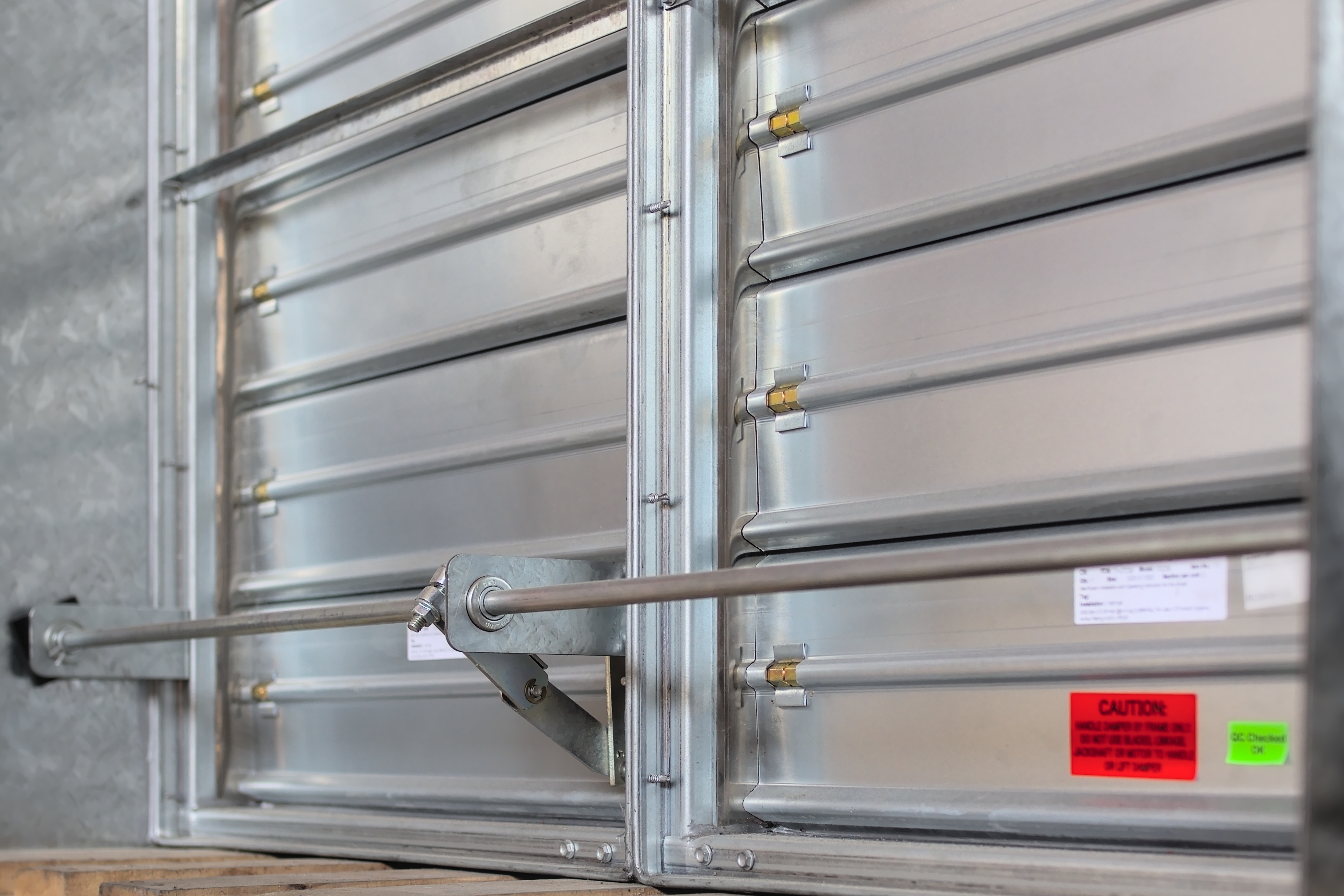Understanding the Importance of Compartmentation

In simple terms, compartmentation refers to the division of a building into separate compartments or areas, designed to contain and slow down the spread of fire, smoke, and heat. This critical fire safety measure plays a significant role in protecting lives, property, and the overall integrity of a structure. In this blog, we will explore the importance of compartmentation and discuss relevant legislation that underpins its implementation in the United Kingdom.
The Concept of Compartmentation
Compartmentation involves creating fire-resistant barriers within a building, which divide the building into smaller fire compartments. Each compartment acts as a self-contained unit, equipped with fire-resistant walls, floors, doors, and ceilings. The primary objective is to restrict the movement of fire, smoke, and heat within a specific area, allowing occupants to evacuate safely or to know that residents are safe as part of a stay put policy, as well as providing adequate time for firefighting operations.
Importance of Compartmentation for Fire Safety
2.1. Life Safety:
The primary concern during a fire is ensuring the safe evacuation of individuals within a building. Compartmentation plays a vital role in providing protected escape routes, preventing the rapid spread of fire and smoke throughout the entire structure. This containment allows occupants to find safe routes, keeping them away from the immediate danger and facilitating a swift and organised evacuation. Compartmentation is also essential for allowing stay put policies to be implemented.
2.2. Property Protection:
Compartmentation not only protects human lives but also helps minimise damage to property. By containing the fire within a specific area, the spread to adjacent compartments or other parts of the building is limited. This restriction reduces the overall fire load and enables more effective firefighting, potentially reducing the extent of damage and financial losses.
2.3. Structural Integrity:
Fire can severely compromise the structural integrity of a building, making it vulnerable to collapse. By implementing compartmentation measures, the spread of fire is slowed, reducing the impact on the structure. Fire-resistant walls and floors provide additional time for occupants to escape safely and for firefighters to control the situation, thus preserving the building's stability.
Legislation and Regulations:
Compartmentation is a fundamental requirement in fire safety legislation within the United Kingdom. Several key regulations provide guidance and set standards for compartmentation:
3.1. The Building Regulations 2010:
In England and Wales, Approved Document B of the Building Regulations outlines fire safety requirements for buildings. It emphasises the importance of compartmentation and provides specific guidance on the construction of fire-resistant walls, floors, doors, and ceilings. The document also addresses the integration of fire detection and alarm systems within the context of compartmentation.
3.2. The Scottish Building Standards:
Scotland follows its own set of regulations known as the Scottish Building Standards. Section 2 of the Technical Handbook addresses fire safety requirements, including the need for compartmentation. It provides guidance on the use of fire-resistant materials, methods of construction, and the importance of maintaining compartmentation integrity.
3.3. The Building Regulations (Northern Ireland) 2012:
In Northern Ireland, the Building Regulations establish the legal requirements for fire safety. Part E specifically addresses the need for compartmentation, stipulating the standards for fire-resistant elements and emphasising the importance of fire separation in buildings.
3.4 The Building Safety Act 2022
The Building Safety Act emphasises the need for proper fire separation between different parts of the building, such as floors, walls, and doors, to limit the spread of fire and provide occupants with safe escape routes. The act also places a heightened importance on regular inspections and maintenance of fire doors, ensuring their functionality and effectiveness in containing fires. Furthermore, the legislation includes provisions for ongoing assessments of compartmentation systems and the requirement for building owners to maintain and remediate any identified issues. Overall, the Building Safety Act 2022 prioritises robust compartmentation measures to enhance fire safety and protect the lives of building occupants.
In Summary
Compartmentation is an essential aspect of fire safety, playing a critical role in protecting lives, minimising property damage, and preserving the structural integrity of a building. It is a legal requirement in the United Kingdom, and compliance with the relevant legislation ensures that buildings are constructed and maintained with appropriate fire-resistant measures in place.
As fire safety specialists, Ventro Group understands the importance of compartmentation and offers expert services in assessing and implementing effective fire compartmentation measures.
If you would like to know more or want to speak to one of our consultants then click below








